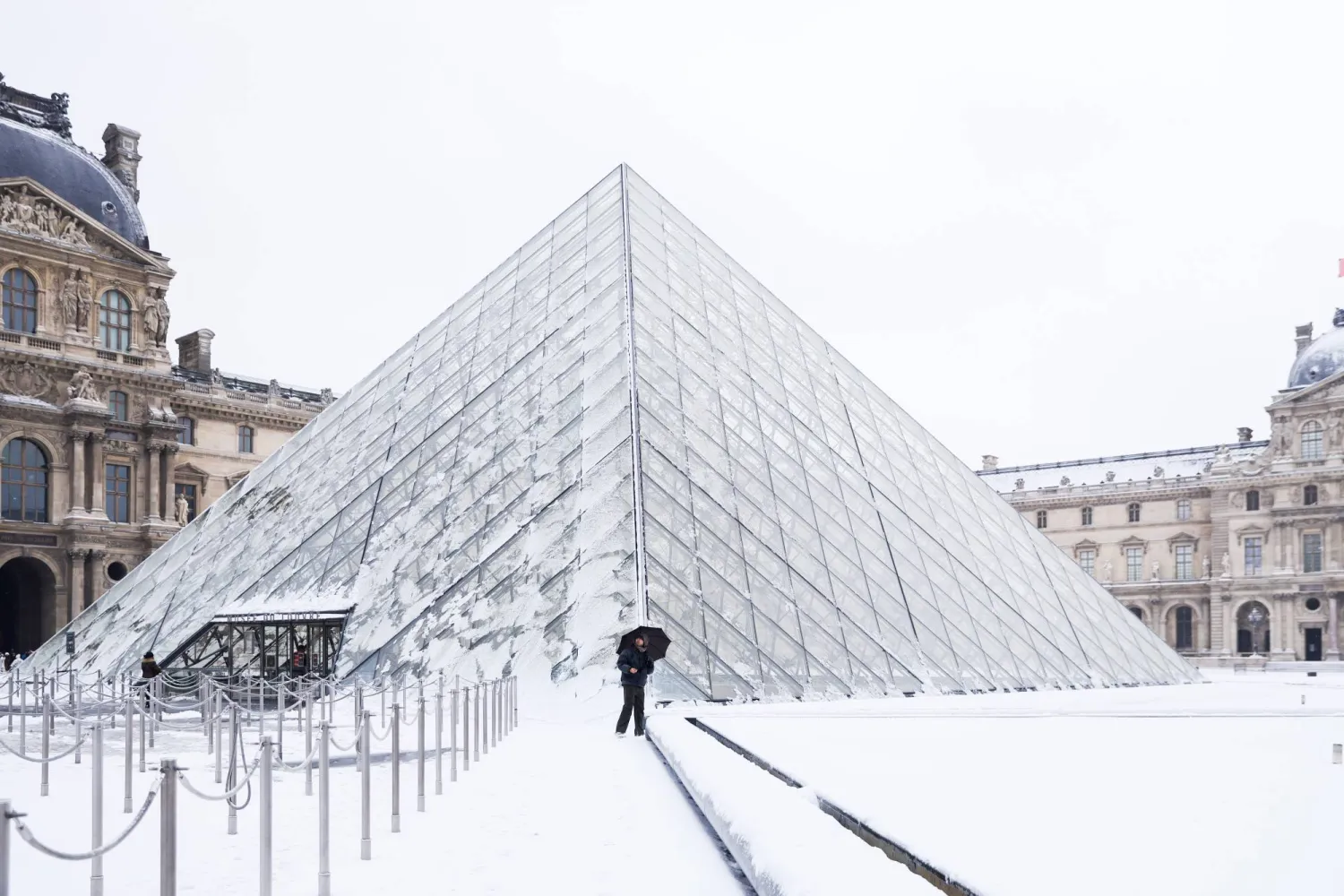Human faces sculpted into stone up to 2,000 years ago have appeared on a rocky outcropping along the Amazon River since water levels dropped to record lows in the region's worst drought in more than a century.
Some rock carvings had been sighted before but now there is a greater variety that will help researchers establish their origins, archaeologist Jaime de Santana Oliveira said on Monday.
One area shows smooth grooves in the rock thought to be where Indigenous inhabitants once sharpened their arrows and spears long before Europeans arrived.
"The engravings are prehistoric, or precolonial. We cannot date them exactly, but based on evidence of human occupation of the area, we believe they are about 1,000 to 2,000 years old," Oliveira said in an interview.
The rocky point is called Ponto das Lajes on the north shore of the Amazon near where the Rio Negro and Solimoes rivers join.
Oliveira said the carvings were first seen there in 2010, but this year's drought has been more severe, with the Rio Negro dropping 15 meters (49.2 feet) since July, exposing vast expanses of rocks and sand where there had been no beaches.
"This time we found not just more carvings, but the sculpture of a human face cut into the rock," said Oliveira, who works for the National Historic and Artistic Heritage Institute (IPHAN) that oversees the preservation of historic sites.









